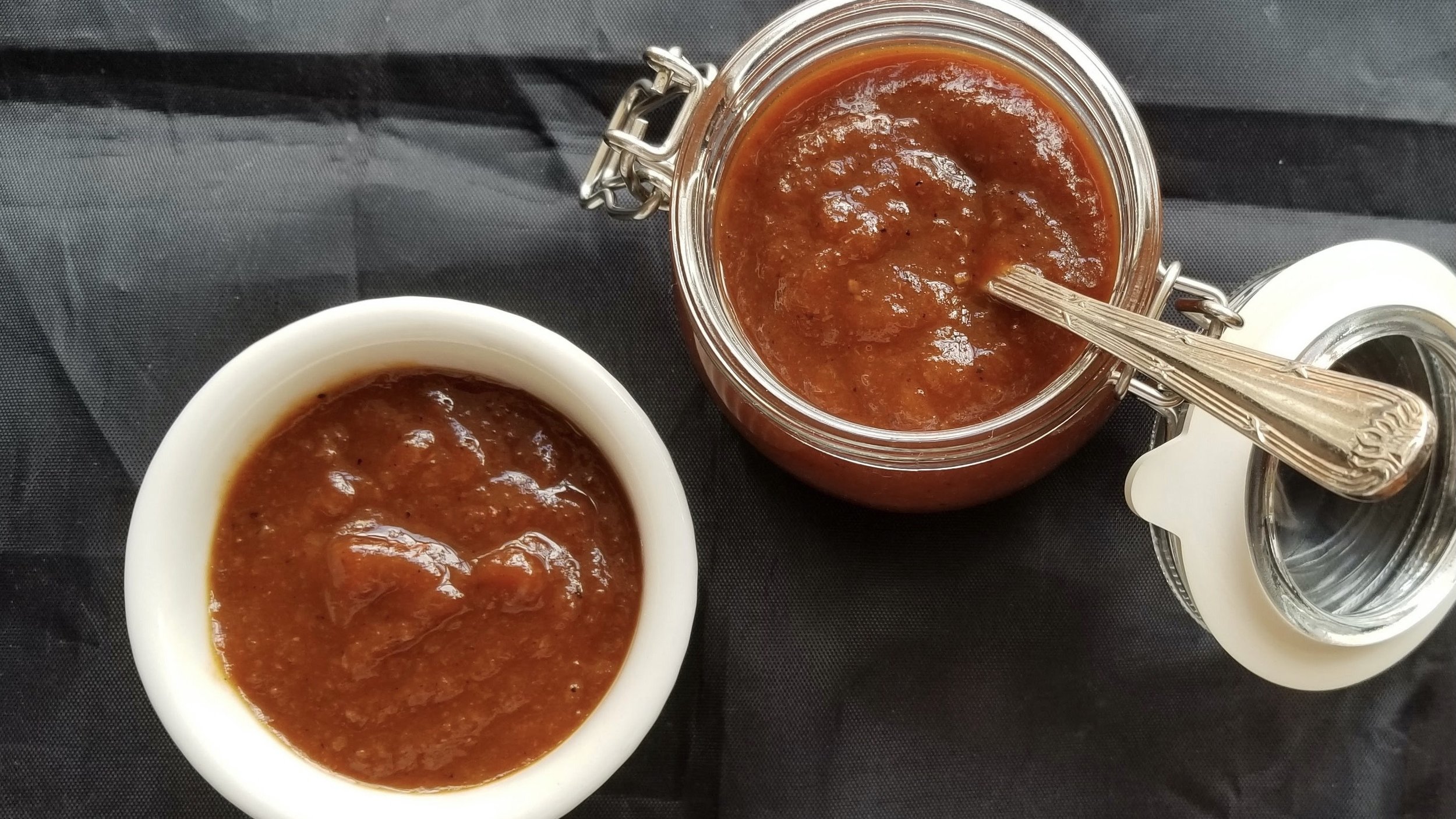HISTORY OF KETCHUP
Following the story below, you’ll find a recipe for homemade ketchup (catsup?) from a sadly-departed Denver restaurant that, while open, served a ketchup that was all the rave.
Make your own DIY ketchup.
Is it “catsup” or “ketchup”?
Yes.
Around the world, “ketchup” is the more common spelling of the tomato-based condiment, although you’ll see “catsup” pop up every now and then and everywhere. In Australia, they make things simple (good on them) and call it “tomato sauce.”
Mrs. Isabella Beeton’s “Book of Household Management,” the classic Victorian guide to all things domestic in Britain during the mid-1800s, uses both spellings to discourse on a sauce based in mushrooms—not tomatoes at all—called “CATSUP, or KETCHUP.” (ALL CAPS, long before text messaging.)
For its early life, ketchup and catsup had nothing to do at all with tomatoes. Ha.
Centuries ago, it started out as kê-tsiap in China and kecap in Indonesia and was nothing that we would recognize, not only for its complete lack of tomato as an ingredient, but also because it was a flavoring based in salted, fermented and pickled fish that was more like the super-funky ancient Roman sauce, garum, than any of Heinz’s 57 varieties of anything. (Kecap remains the name of an Indonesian condiment, but these days it's more just a straightforward soy sauce.)
In 1711, Charles Lockyer, a bookkeeper with the South Sea Company of Britain, wrote “An Account of the Trade in India,” saying that “Soy comes in Tubbs from Jappan, and the best Ketchip comes from Tonquin,” what is now Tonkin in northern Vietnam but was part of China in Lockyer’s day.
This fish sauce appealed to the British who quite took to it, but who in time replaced the fish heads and viscera with other foods such as mushrooms (see Mrs. Beeton), walnuts and oysters. British cookbooks of the 1700s and early 1800s are replete with recipes for various ketchups (or katchops), condiments or sauces all, each a turn on preserving, pickling, fermenting or salting some sundry food (mostly to draw out the liquids from it), each strongly flavored by an array of spices such as mace, ginger, cloves, nutmeg, peppercorns, even horseradish.
It wasn’t until well after our independence from Britain that Americans, inheriting these various fruit and vegetable ketchups from English colonial cooking, married them with our burgeoning infatuation with the tomato.
And we were off, creating one of our more-loved contemporary condiments (according to U.S. food statisticians, mayonnaise is first; salsa, second; ketchup, third).
Although a Philadelphia scientist named James Mease published, in 1812, the first recipe in the United States for “tomato ketchup, it was what we would recognize as Prego or Ragú. Not until another Pennsylvanian, Henry J. Heinz of Pittsburgh, took an interest in the sauce in the late 19th century that we got what we know today as “ketchup.”
There were ketchups aplenty when Heinz took up the task, but they didn’t appeal to the masses. Heinz fixed that. He added more vinegar to prevent spoilage; and more sugar, to balance the sourness of the vinegar. He insisted on only the ripest of tomatoes to achieve both bulk and a vibrant red color.
Prior to Heinz’s tinkering, industrial or mass-produced (not kitchen or homemade) tomato ketchups were cooked with tomatoes that could be transported safely, that is, they were underripe or even green tomatoes. They made a runny, sickly-looking ketchup.
It’s not too far-fetched to assert that, due to the volume of his sales and his dominance in the condiment market, Heinz not only changed the way that tomatoes were raised in the field but also may have influenced the way foods in the U.S. were processed (for example, with increased levels of “hidden” sweetness).
In any case, tomato ketchup forever appeals mainly because it rings all the right bells of what we want to taste or savor. In truth, it has all five tastes. It is salty, sweet, sour (acidic), and both bitter and umami (these latter two from the long-cooked tomatoes).
As it always has, even back to its ancient Asian days, ketchup pairs happily with, even uplifts, both our starchy foods (yay, French fries) and proteins (hello, hamburger).
Artisanal or small-batch ketchups abound these days, though none appear a threat to the hegemony of H. J. Heinz Company (from which enterprise 97 percent of American homes have a bottle of ketchup in the refrigerator).
RECIPE: Ketchup
From Denver, Colorado’s Bang! restaurant (now closed). Makes about 1 pint. Note: The “2 Roma or plum tomatoes, ripe” in the list of ingredients is not a misprint (in other words, the recipe does not call for "2 cups ..." or "2 pounds ...," merely 2 tomatoes).
Ingredients
2 Roma or plum tomatoes, ripe, preferably homegrown
3/4 cup raisins
1 dried guajillo chile, seeded and stemmed
1/4 cup brown sugar
1/4 cup champagne vinegar
1 garlic clove, whole
1/4 cup yellow onion, peeled, chopped
1 teaspoon salt
1 teaspoon ground black pepper
1/4 teaspoon ground cloves
1 cup water
Directions
Place all ingredients in a large stockpot and bring to a boil. Turn down to a simmer and cook for about 45 minutes. The vegetables, raisins and chile should be very soft and the liquids should be reduced. Cool.
Blend in batches until very smooth. Strain through a fine sieve or china cap. Keeps for weeks in the refrigerator.
Note: A slightly different version of this recipe appeared as “Small Batch Bang!’s Homemade Ketchup” on the television food series “Diners, Drive-Ins and Dives.” The measurements were the same, the only variations being cider instead of champagne vinegar and the omission of the ground cloves. Also, depending on the moisture content of your ingredients, you may find necessary an additional 1/4 cup water.
